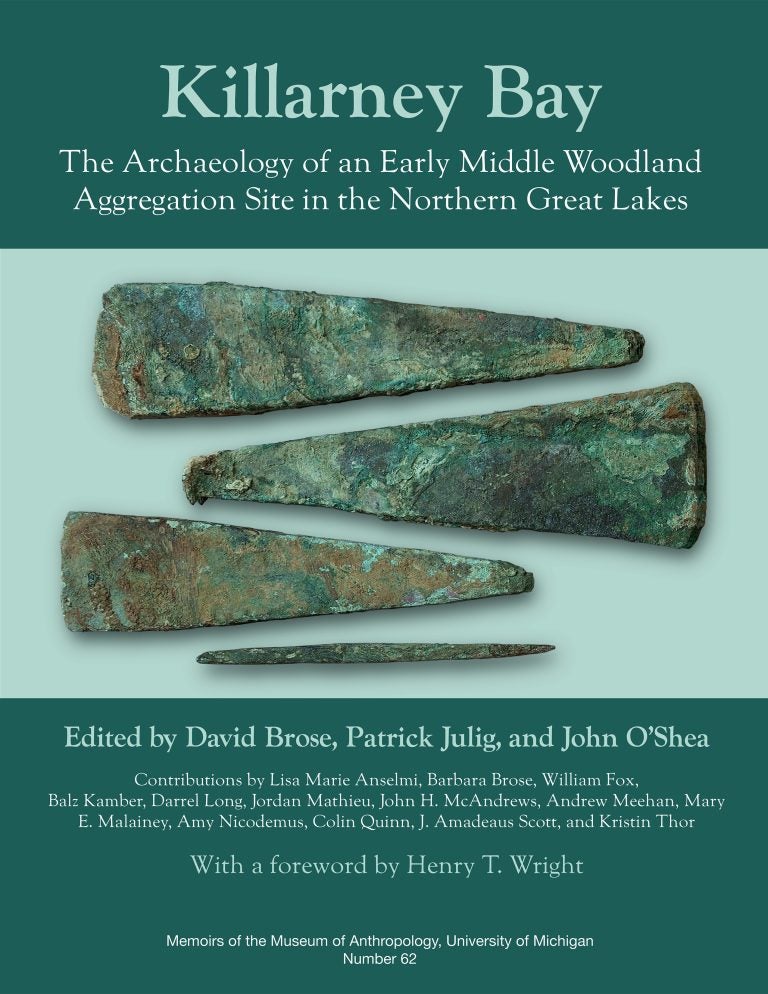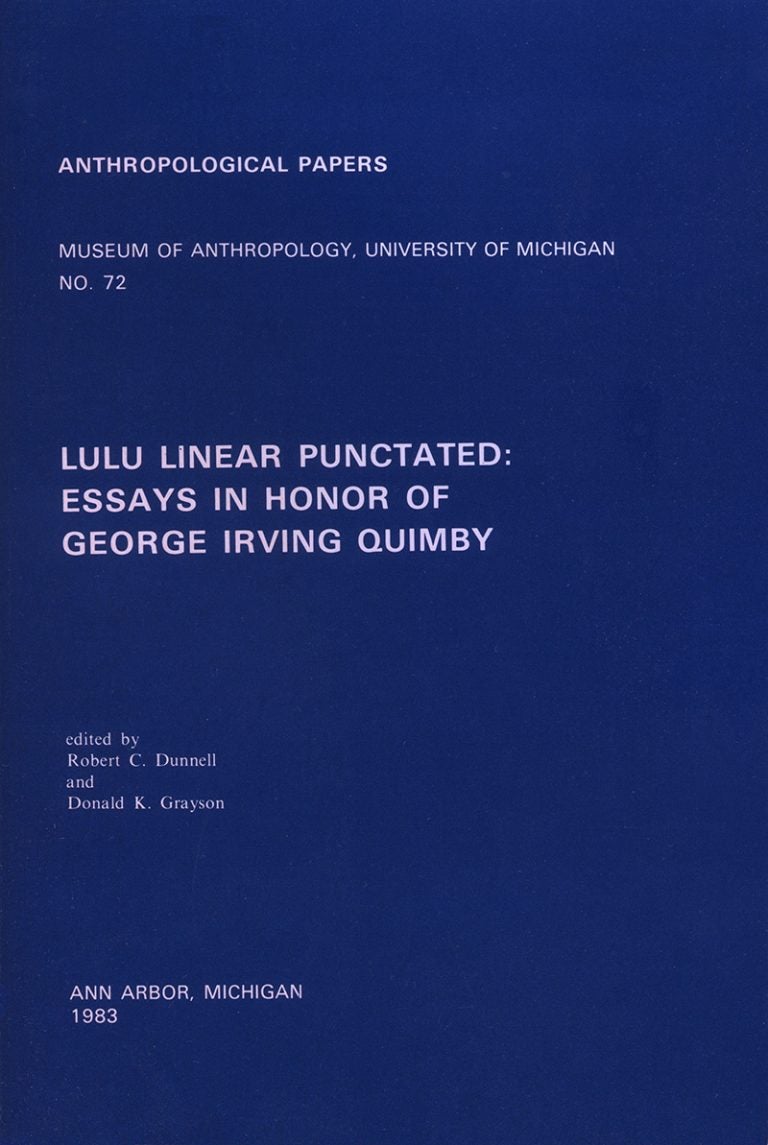The archaeological site at Killarney Bay, on the northeast side of Georgian Bay in Ontario, Canada, has attracted and mystified archaeologists for decades. The quantities of copper artifacts, exotic cherts, and long-distance trade goods all highlight the importance of the site during its time of occupation. Yet researchers have struggled to date the site or assign it to a particular cultural tradition, since the artifacts and mortuary components do not precisely match those of other sites and assemblages in the Upper Great Lakes. The history of archaeological investigation at Killarney Bay stretches across parts of three centuries and involves field schools from universities in two countries (Laurentian University in Canada and the University of Michigan in the United States). This volume pulls together the results from all prior research at the site and represents the first comprehensive report ever published on the excavations and finds at Killarney Bay. 157 color and b&w photographs and maps and 93 tables.
Category: David S. Brose
Lulu Linear Punctated: Essays in Honor of George Irving Quimby
Robert C. Dunnell and Donald K. Grayson
AP 72
Many archaeologists and anthropologists of note contributed chapters to this collection, which pays tribute to archaeologist George Irving Quimby on his 1983 retirement from the University of Washington. James Griffin, Albert Spaulding, Lewis Binford, David Brose, and many more write here about archaeology in the Midwest and other areas of North America. Griffin contributes the first chapter: “George Irving Quimby: The Formative Years.”
The Archaeology of Summer Island: Changing Settlement Systems in Northern Lake Michigan
David S. Brose
AP 41
This work interprets some aspects of the prehistory of the basin of northern Lake Michigan based on the excavation and analysis of the Summer Island site. Brose describes the excavation and the geomorphology of the site, and reports on the site’s features and artifacts, including ceramics, lithics, copper, and bone. The site contained three components: Middle Woodland, Late Woodland, and protohistoric. Brose analyzed these components in terms of material culture, economic adaptation, and social organization.



